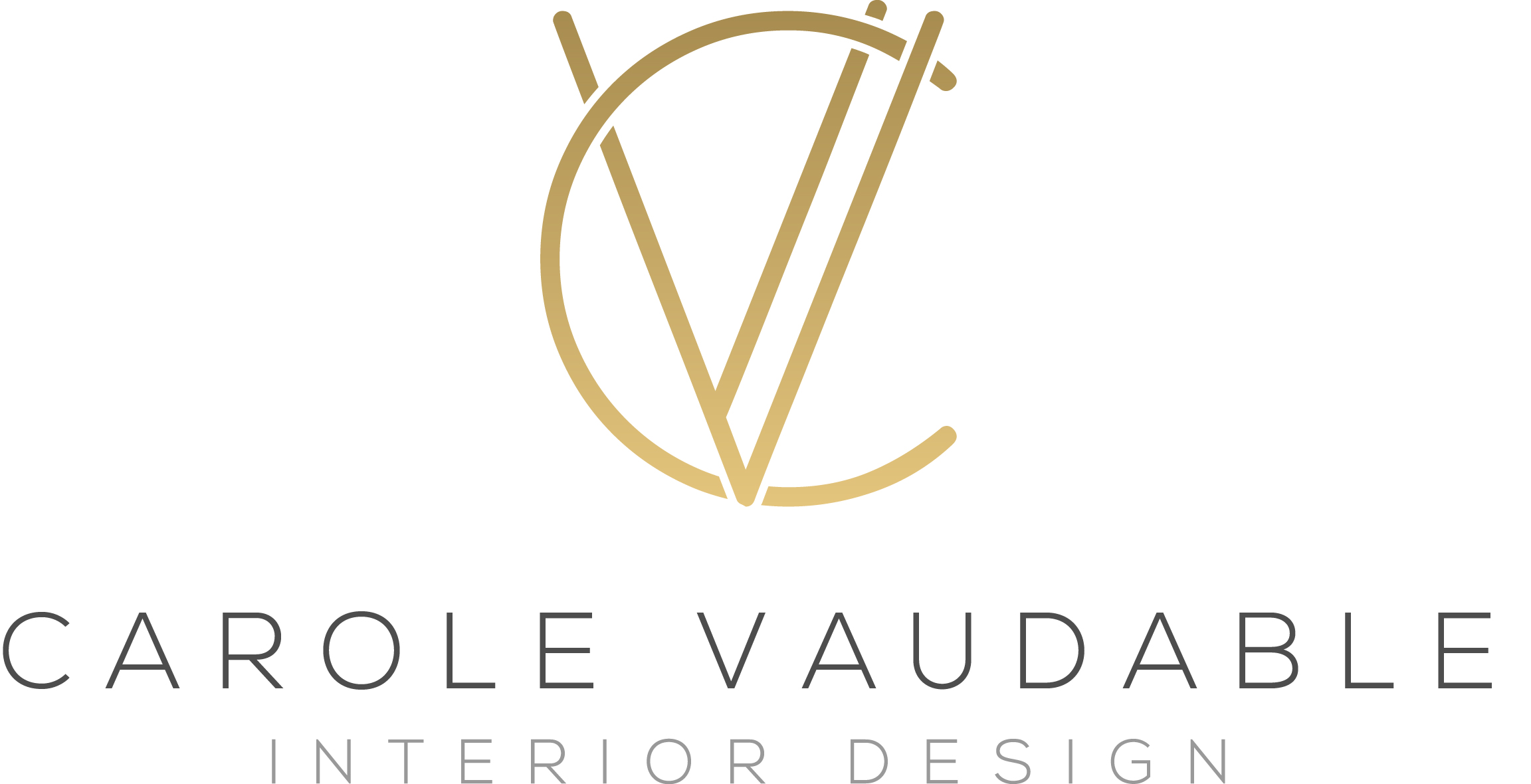How design can increase your property’s value by $200K
Have you ever stepped into a home and instantly felt that it was worth more?
Not because of marble countertops or the latest high-end kitchen gadget, but because the entire space felt intentional: harmonious, elevated and emotionally grounding.
That feeling has a real market value.
And the right interior design can increase a property’s value by $200,000 or more.
I know this because I do it for clients every single year.
This is how I approach value-driven design: not as decor but as transformation.
Why interior design increases property value
Buyers don’t purchase square footage. They purchase:
clarity
atmosphere
emotional flow
a lifestyle they can imagine themselves stepping into
A well-designed home doesn’t just photograph beautifully for Zillow. It behaves beautifully. It guides the buyer through a sequence of emotions that feel organized, calm and aspirational.
This is what creates competitive offers. It’s what adds $200K+ to a property and it’s what I design for.
My process: I design for behavior not decoration
When people hire me, they think they’re hiring a designer to select materials, create a color story or reimagine a layout.
But what I’m actually studying is:
how you move
where your energy drops
where tension collects
what kind of person the space invites you to be
Buyers feel those things, too.
A home that’s designed to support behavior, not just aesthetics, carries measurable financial value.
The LES studio that gained $225K in value
One of my clients in the Lower East Side owned a studio that felt emotionally flat. Gray, heavy, visually disconnected. She had renovated years before but the space never felt like it matched her or her future plans. She wanted to sell eventually but knew it wouldn’t stand out as is.
Here’s how I raised the property’s value:
1. I observed lived behavior, not design mistakes
Before touching samples, I watched how she moved:
where she paused
where she avoided
where the space interrupted her natural flow.
These were the real design problems: invisible in photos but deeply felt.
2. I rebuilt the emotional flow of the room
Every home has energy pathways.
I restructured the layout to create clarity from the moment you step in: openness → grounding → intimacy. Buyers feel this instantly.
3. I used color and texture as psychological anchors
We moved from cold gray to a warm, modern palette with depth: rust, cream, muted woods, soft lighting.
Not loud, intentional.
4. I upgraded the identity of the space.
The apartment shifted from starter studio to boutique hotel suite. Same square footage, new value.
After the transformation? Appraisal: + $225,000. That’s the power of intentional design.
What buyers actually pay for
Design increases value because it manipulates subconscious cues:
Emotional Value
People buy how a space makes them feel: calm, efficient, aspirational.
Functional Flow
A layout that eliminates friction is priceless. It feels bigger without being bigger.
Symbolic Cues of Luxury
Materials, proportions, lighting, spatial logic: they communicate value immediately.
This is why two identical apartments can sell for wildly different prices. Design is emotional engineering and emotional engineering sells.
How I increase property value for clients
Here’s what my clients actually get when they work with me:
a space that tells a clear, cohesive story (theirs)
a design that supports how they want to live
a home that feels curated, meaningful and elevated
a lifestyle that buyers immediately connect with
a property that commands a higher price: often six figures more
Good design isn’t cosmetic, it’s strategic.
Ready to raise the value of your home?
If you want a space that feels meaningful, intentional and financially valuable not just decorated; that’s my specialty.
Written by Carole Vaudable, interior designer.
Living Room proposal designed by Carole Vaudable Interior Design.

